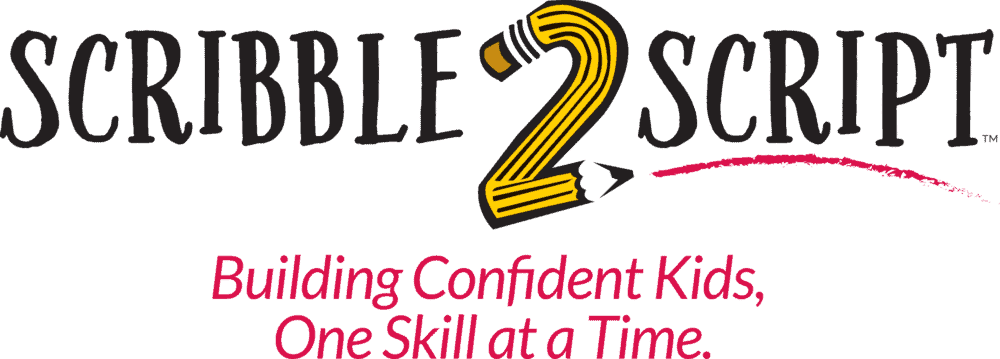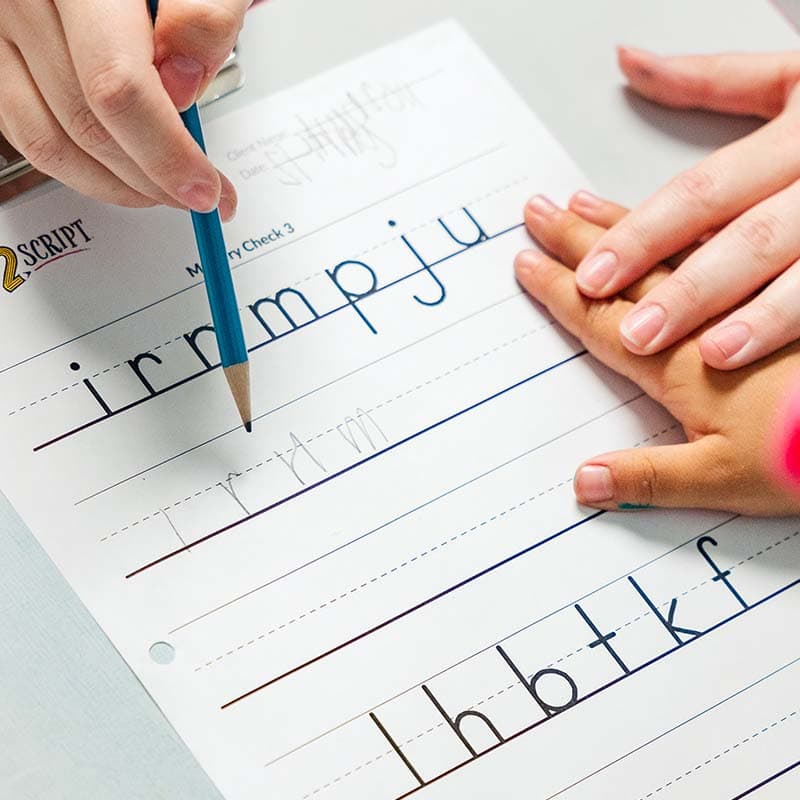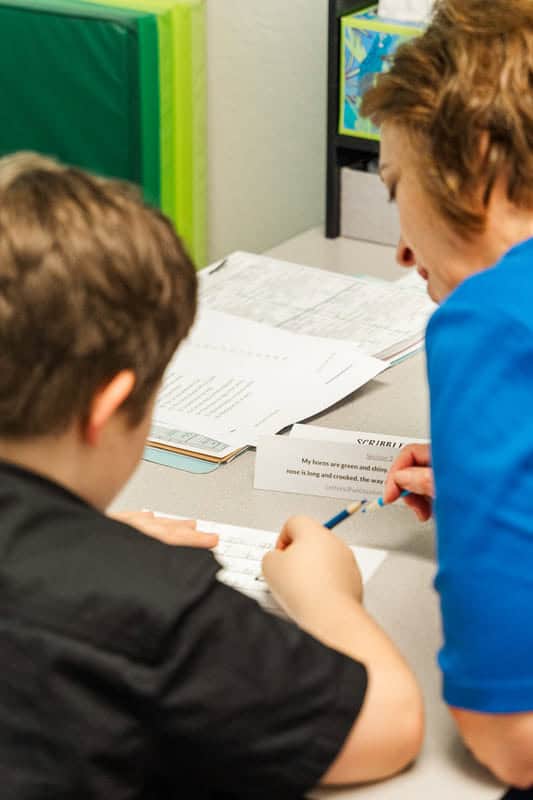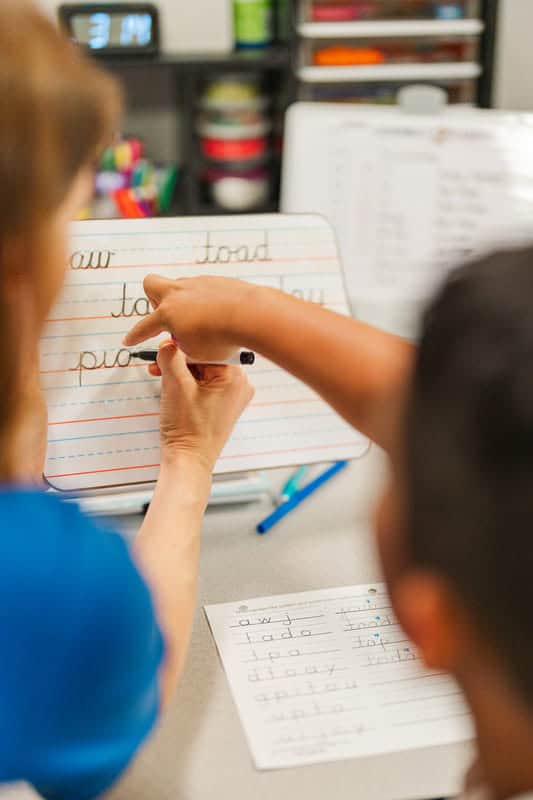In a world where screens dominate and typing is the norm, it’s easy to assume that handwriting is outdated. But when it comes to your child’s development, handwriting is far from obsolete—it’s one of the most powerful tools we have to grow the brain.
At Scribble 2 Script, we’ve seen firsthand how handwriting can unlock focus, memory, and even confidence. Now, new research is proving what we’ve long known in practice: handwriting is a full-brain workout.
Why Handwriting Is a Brain-Builder, Not Just a School Skill
A fascinating study in *Frontiers in Psychology* used high-density EEG to examine brain activity during handwriting versus typing. The findings were striking: handwriting, especially cursive, activated far more brain regions than typing did. It wasn’t just about the hand—it was about integrated, dynamic brain activity.
Here’s what happens when a child picks up a pencil:
- Motor cortex activates to control hand and finger movements.
- Visual processing centers track spatial orientation and shape formation.
- Sensory cortex responds to tactile feedback from the paper.
- Prefrontal cortex kicks in to focus, plan, and remember steps.
Typing, on the other hand? It’s mostly automatic, repetitive motion. The brain isn’t asked to do nearly as much.
This is why handwriting has such a powerful ripple effect. Research shows children who write by hand:
- Retain information longer
- Have stronger reading and spelling skills
- Show better working memory and impulse control
- Stay more engaged in learning tasks
If you’re curious whether your child might benefit from handwriting support, we’re always here to help. Reach out anytime to book an evaluation or email us at info@scribble2script.com.
The Cost of Skipping Handwriting
Many schools are reducing or eliminating handwriting instruction in favor of keyboarding. While digital literacy matters, skipping handwriting altogether can interrupt essential stages of brain development.
We see this in our work every day:
- Kids with weak handwriting often struggle with writing fluency and reading.
- Poor pencil grip and fine motor skills cause fatigue, leading to avoidance.
- Unaddressed difficulties erode self-confidence and increase frustration.
And because these struggles are now so common, they’re often dismissed as “just how kids are today.” But common doesn’t mean optimal. And ignoring these signs can lead to long-term developmental setbacks.
What Parents and Educators Can Do
Whether you’re guiding a child at home or in the classroom, you have the power to protect and promote this essential brain-building skill. Here’s how:
1. Prioritize Handwriting Early and Often
Before school even starts, encourage activities like drawing, scribbling, tracing, or painting. Use paper, chalk, sand, or even foggy windows. These aren’t just “arts and crafts”—they’re foundational brain development exercises.
2. Embrace Cursive
Cursive isn’t just a “fancy” skill. Its continuous, rhythmic nature supports reading fluency, motor memory, and even emotional regulation. It’s a key part of a child’s developmental toolkit.
3. Make Writing Meaningful
Invite your child to write notes to family, label artwork, or create menus for pretend play. When writing feels personal, kids stay more engaged—and their brain benefits grow.
4. Advocate at School
Ask your child’s school:
- How often is handwriting taught?
- Is it explicit instruction or just incidental?
- Are fine motor skills monitored and supported?
If the answers are unclear, speak up. Share the research. Help shape a culture where writing by hand is seen not as old-fashioned—but as essential.
Have questions or want to know what handwriting support could look like for your child? We’re happy to chat. Call us at 480-614-1232 or schedule a discovery call to learn more.
The Neuroscience Behind Handwriting and Brain Development
If you’re a research lover, here are some of the studies shaping our understanding:
- James & Engelhardt (2012) – Found that handwriting activates more reading-related areas in the brain than typing or tracing.
- Longcamp et al. (2005) – Writing by hand stimulates stronger sensorimotor engagement than keyboard use.
- Mueller & Oppenheimer (2014) – Students who handwrite notes retain and comprehend material better than those who type.
- Dinehart (2015) – Early handwriting ability predicts later academic achievement.
- Berninger & Richards (2011) – Showed handwriting’s connection to executive function, literacy, and cognitive growth.
- Mangen et al. (2015) – Demonstrated that handwriting supports stronger word recall and memory.
We integrate these findings into everything we do at Scribble 2 Script—combining movement, posture, coordination, and therapeutic techniques to help kids form letters and forge lasting brain connections.
Final Thoughts: Writing as a Path to Growth
Handwriting is not just about neatness. It’s a stimulus for growth, attention, independence, and learning. It helps children move from hesitant to confident, from scattered to focused, from stuck to thriving.
Let’s put the pencil back in their hands and give their brains the workout they need.
Need support getting started? We offer one-on-one programs that integrate handwriting with brain-based developmental support. Schedule an evaluation or give us a call at 480-614-1232 to explore how we can help your child thrive.






